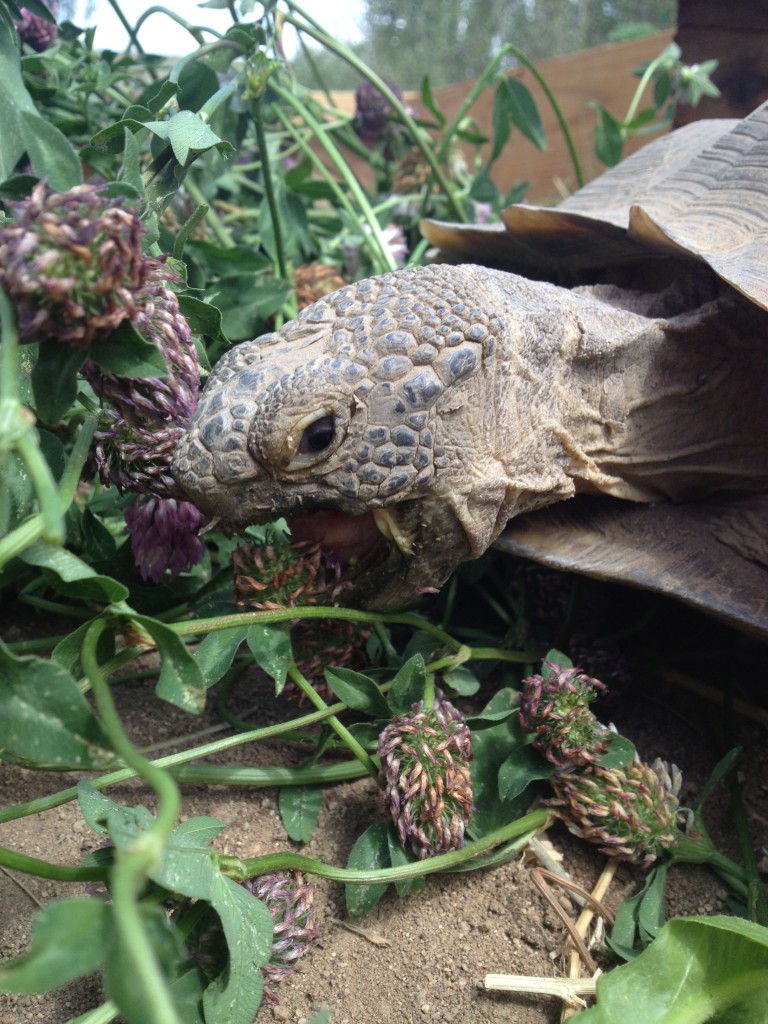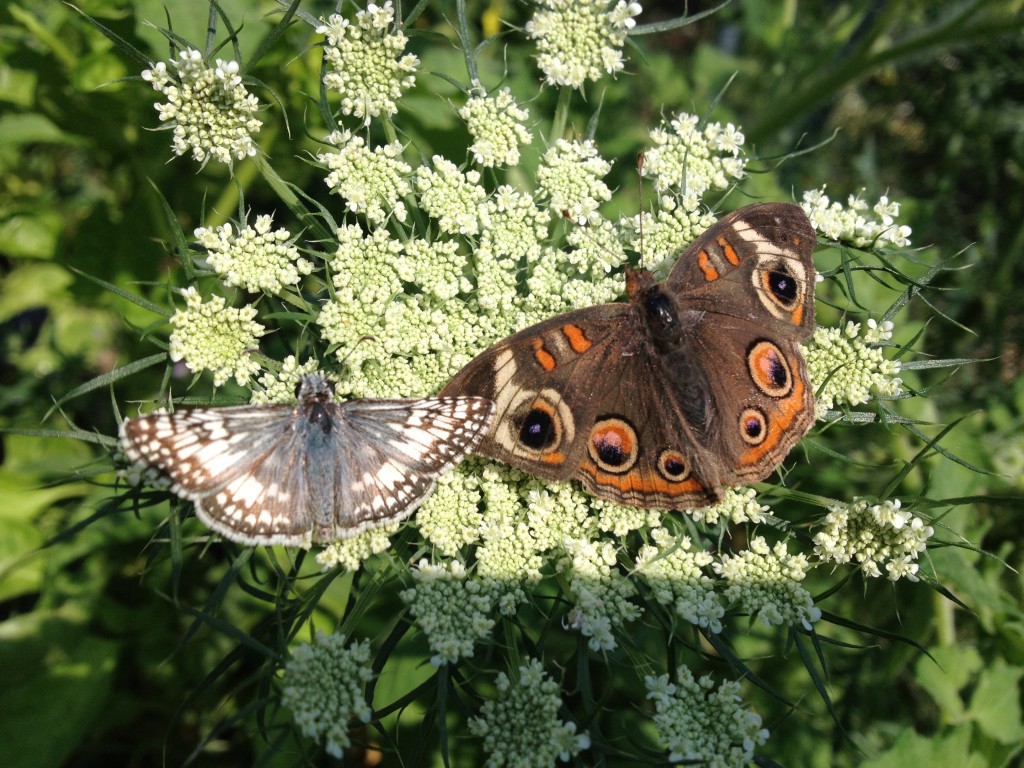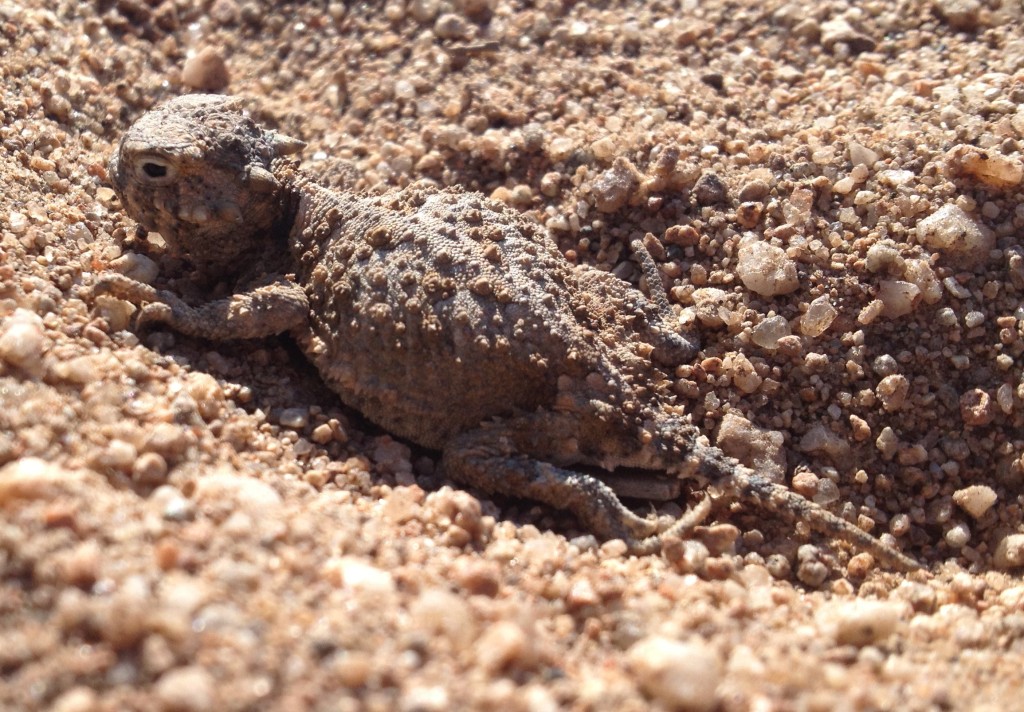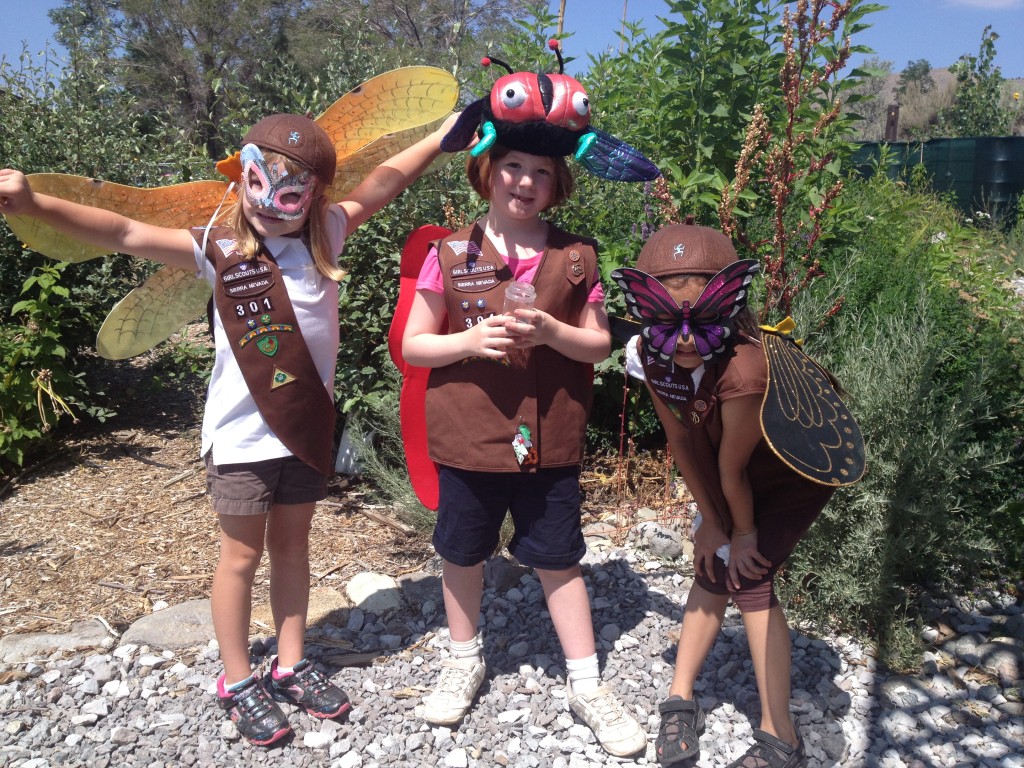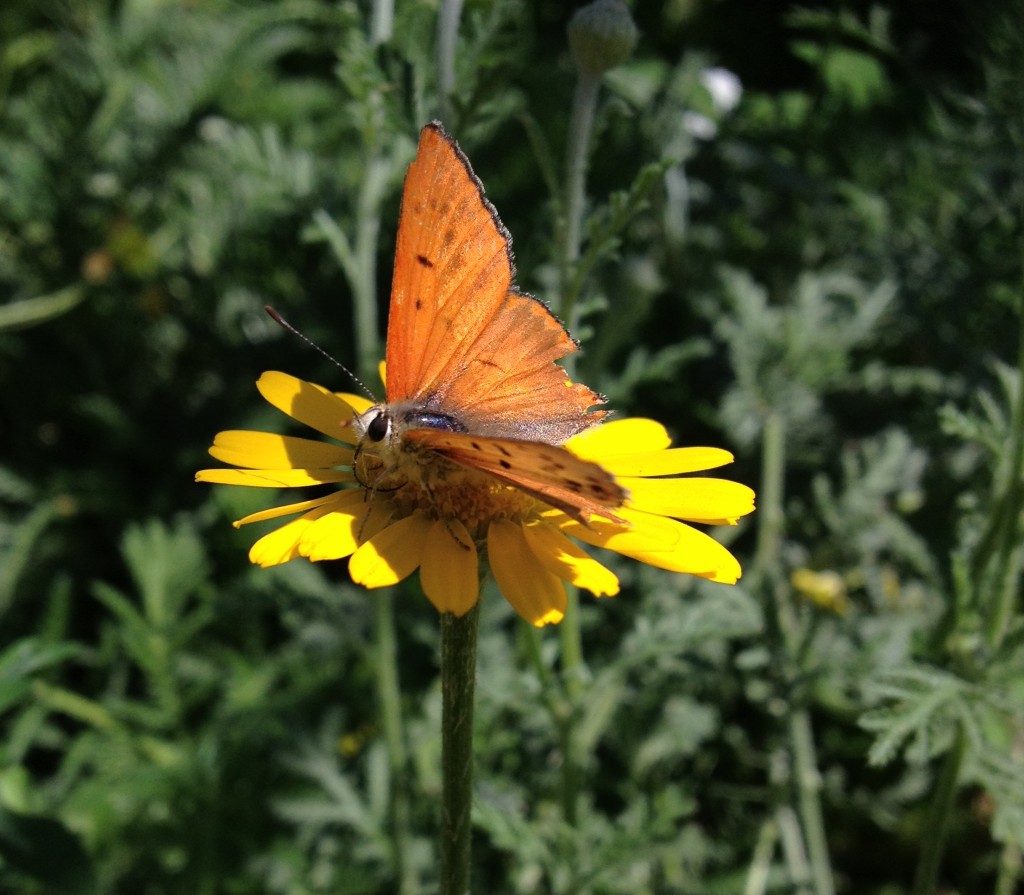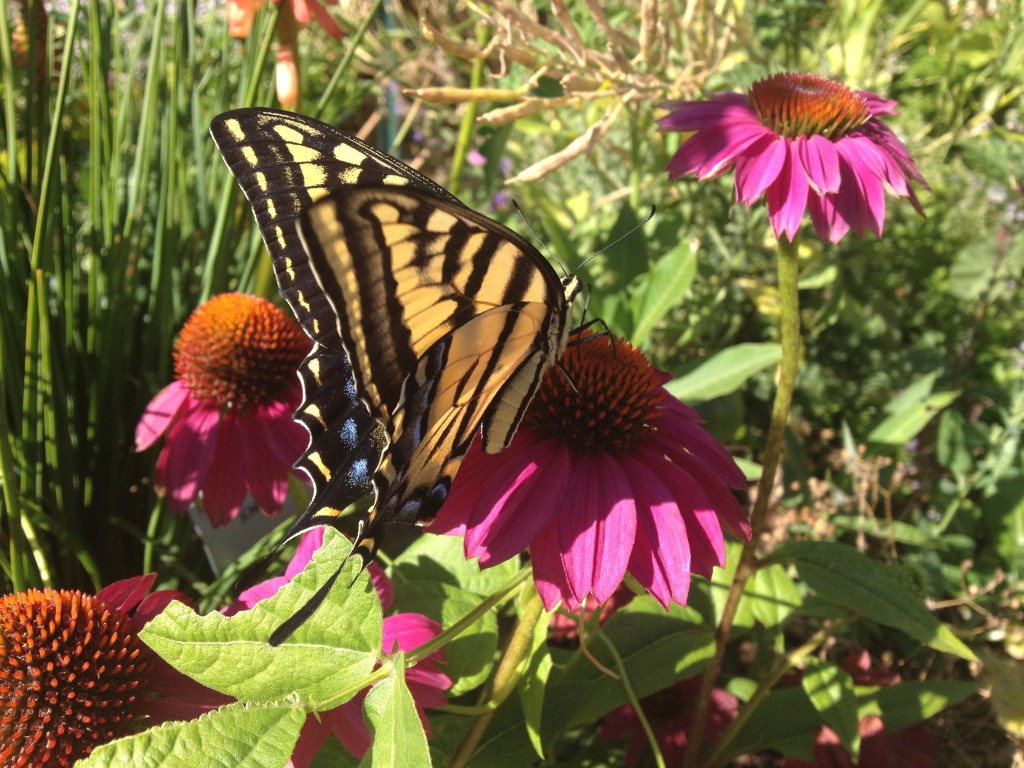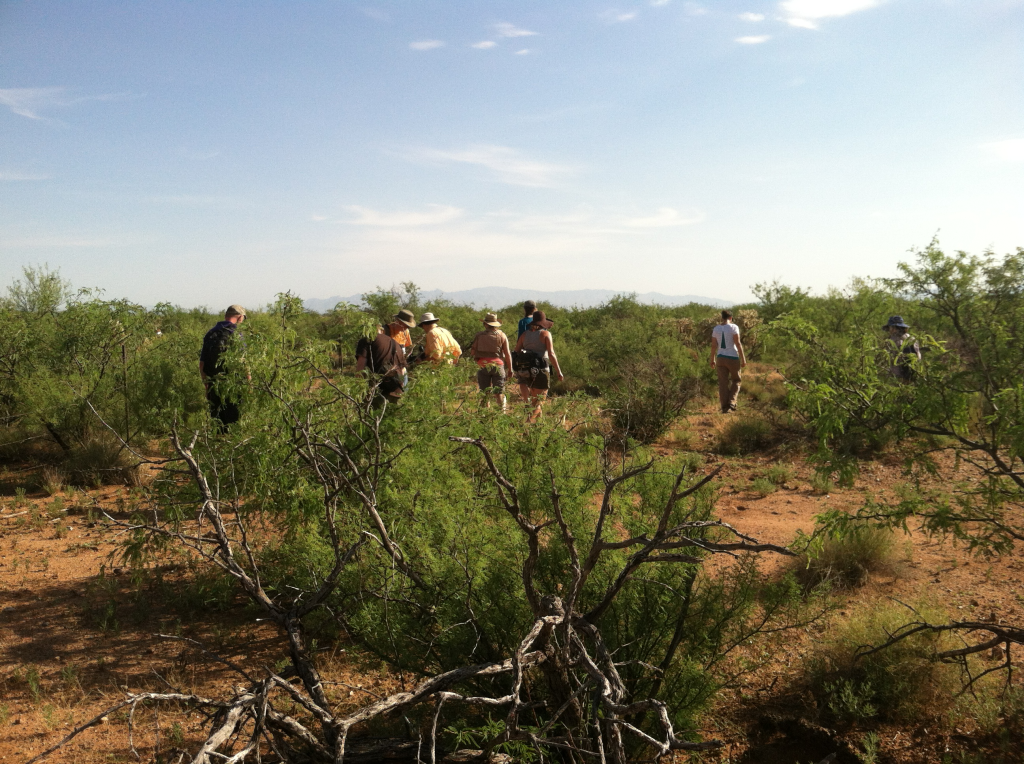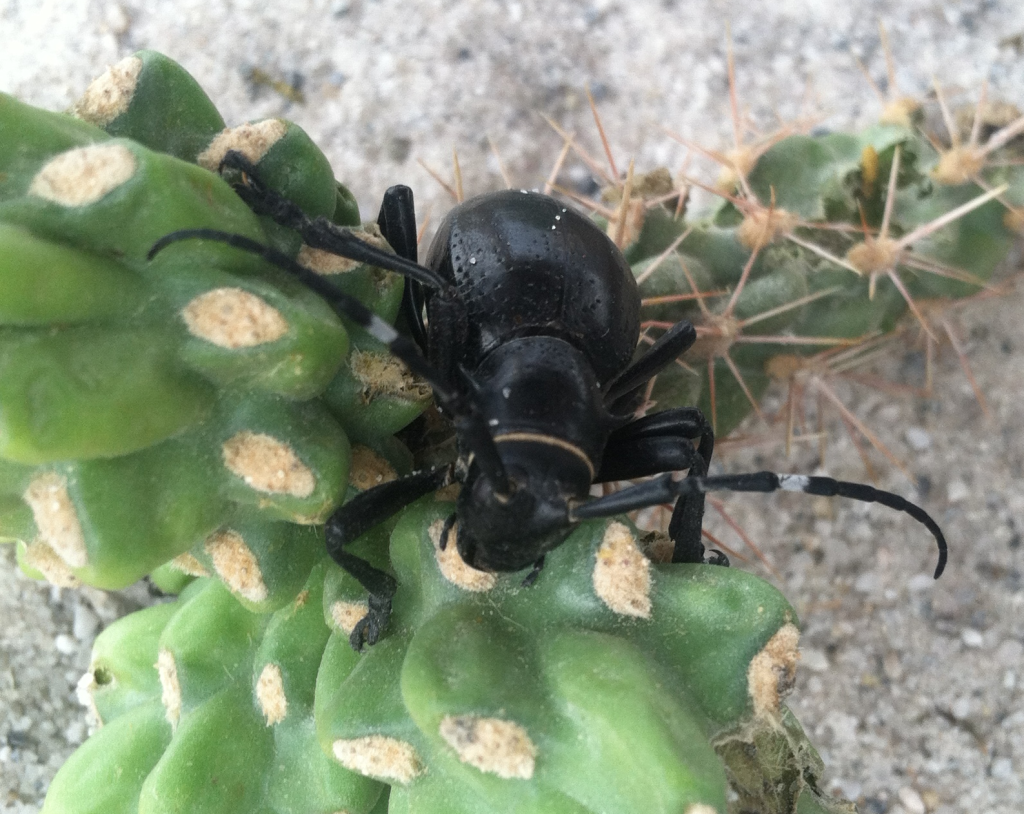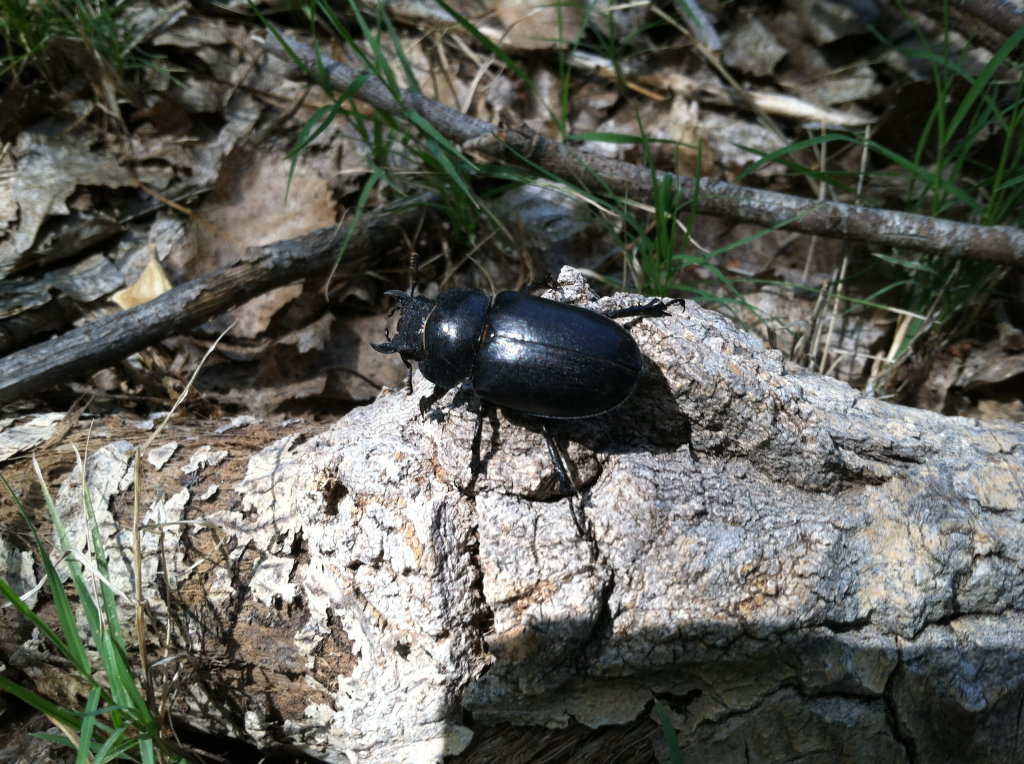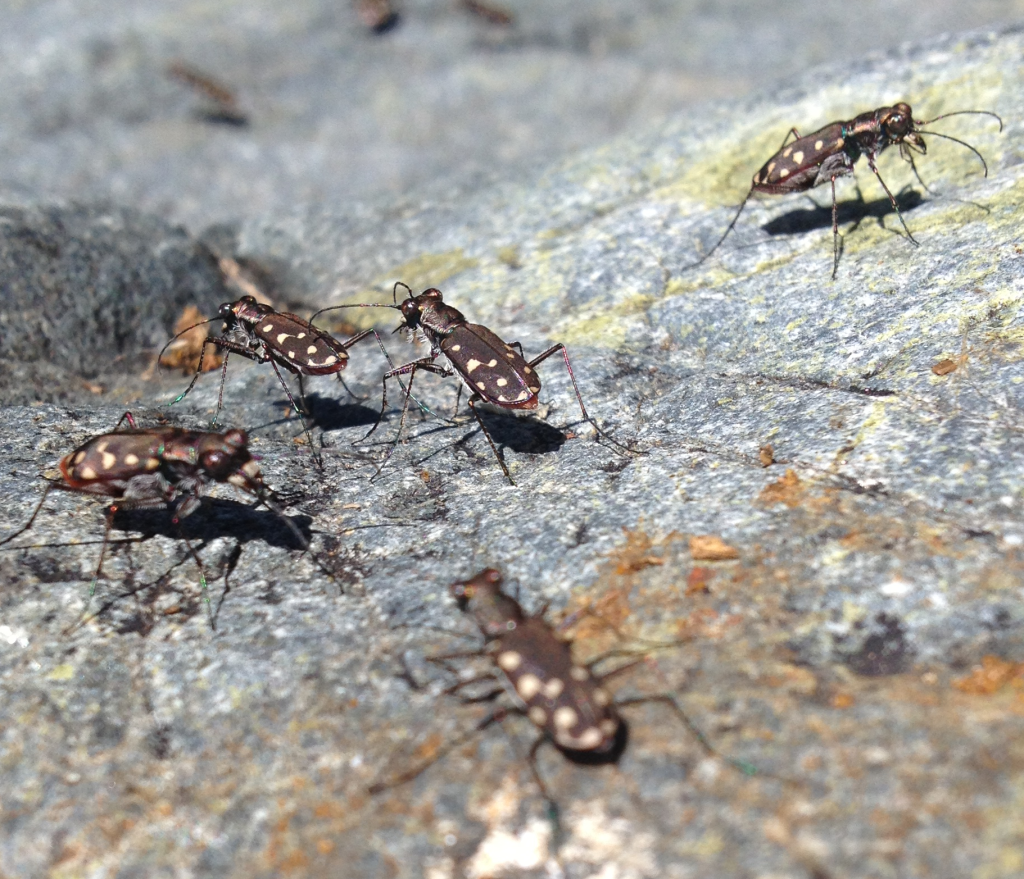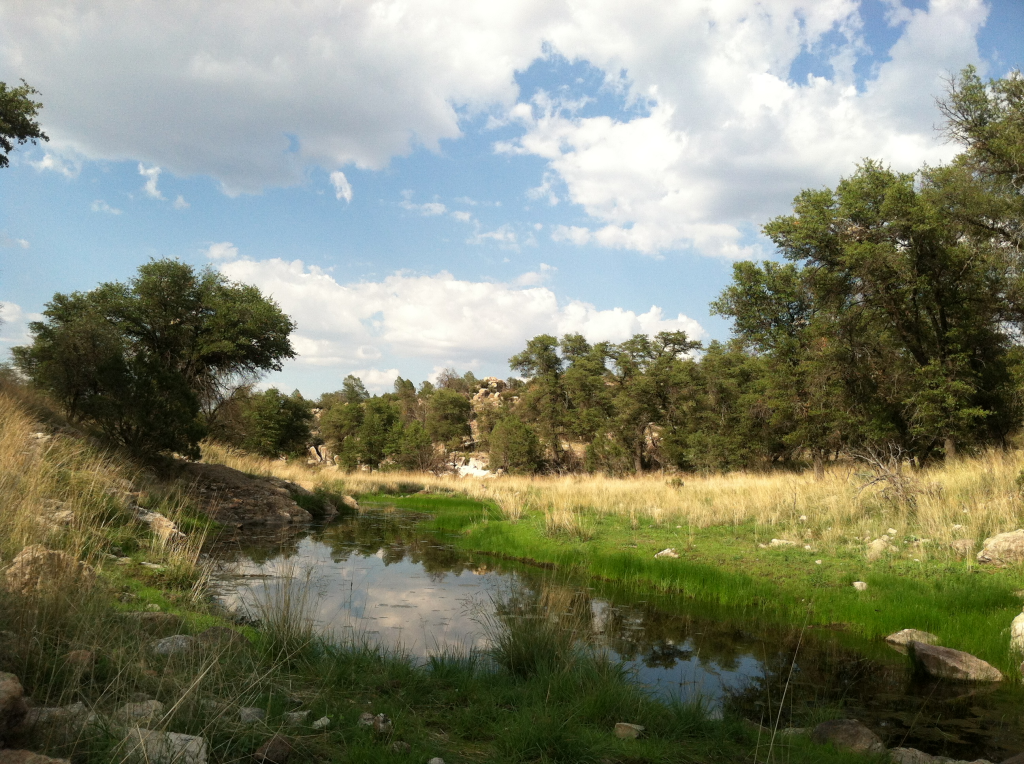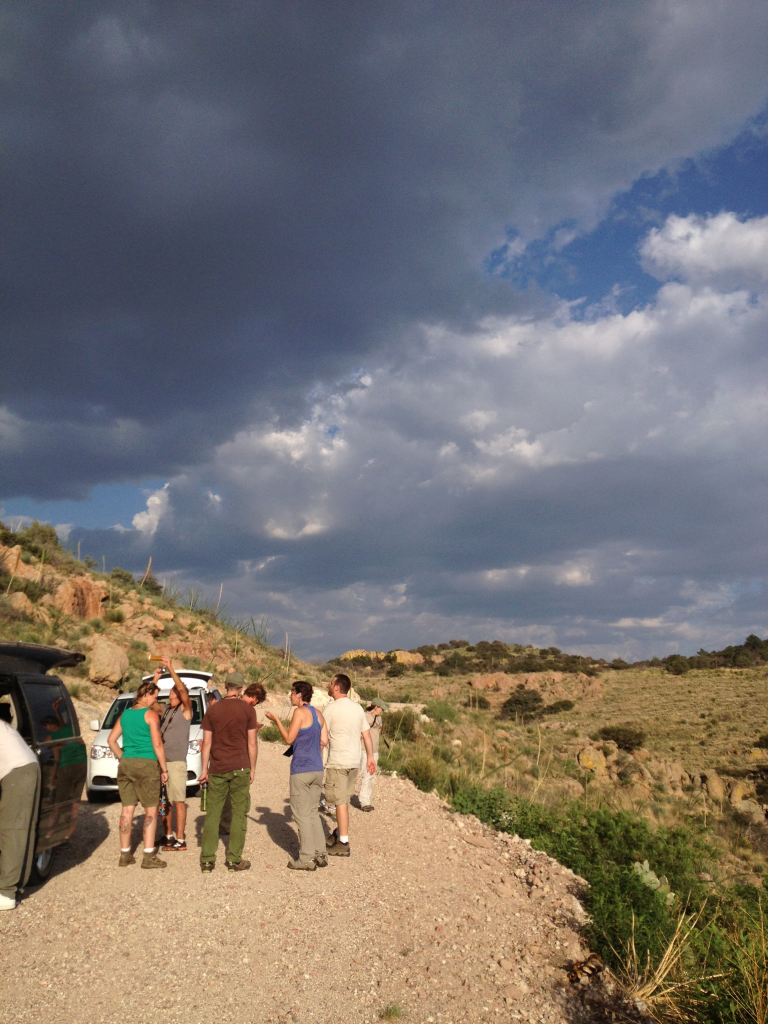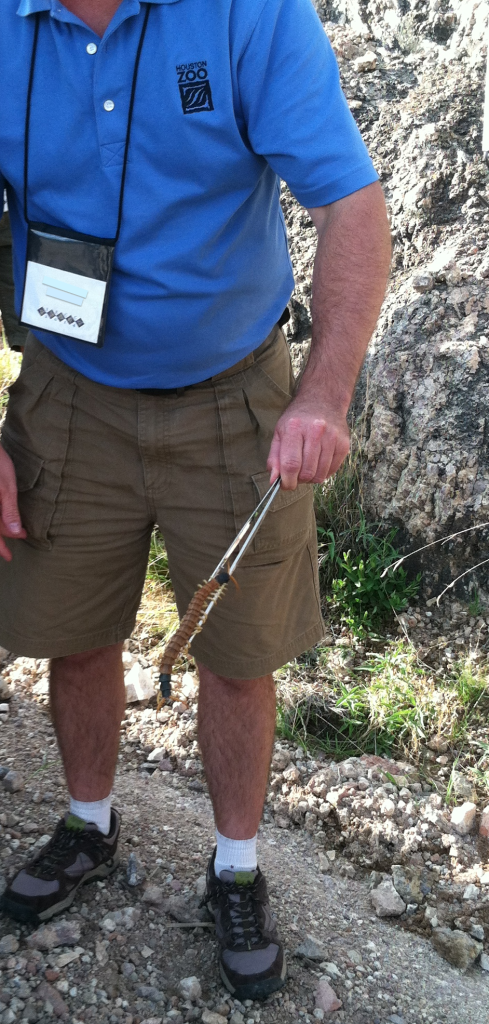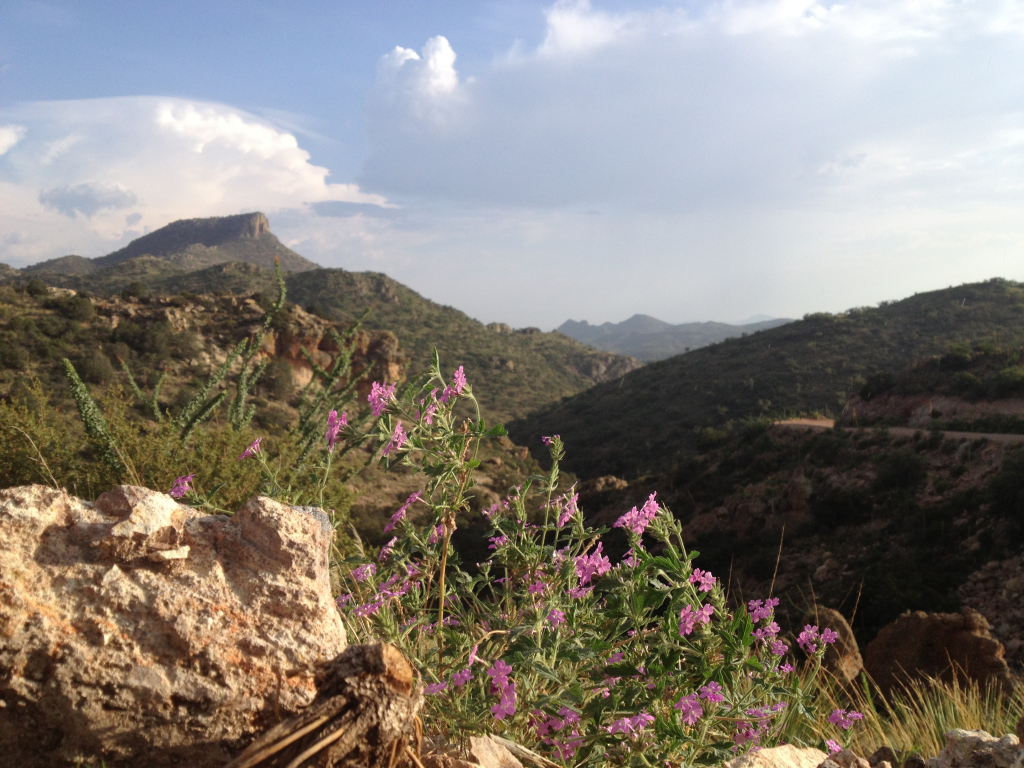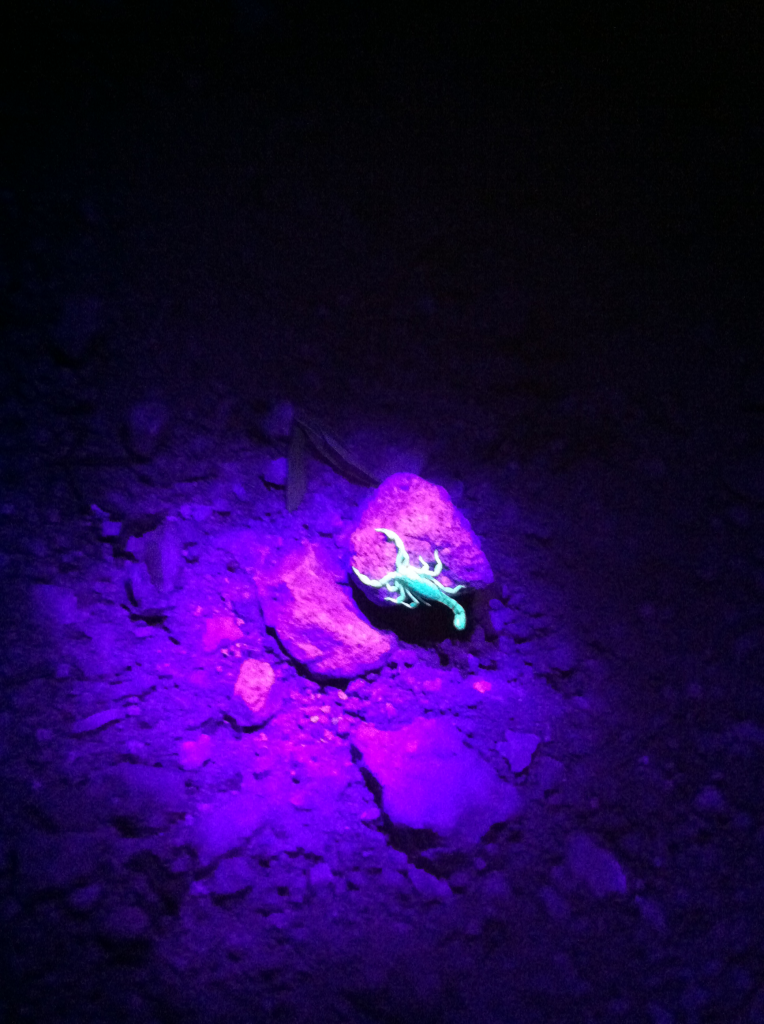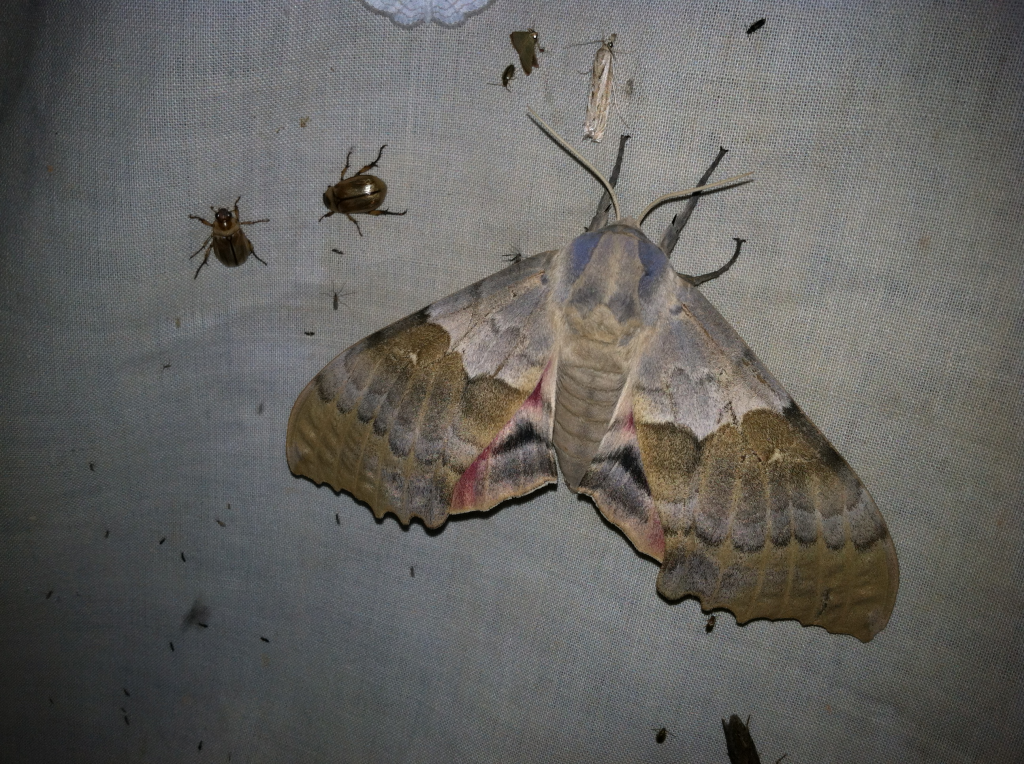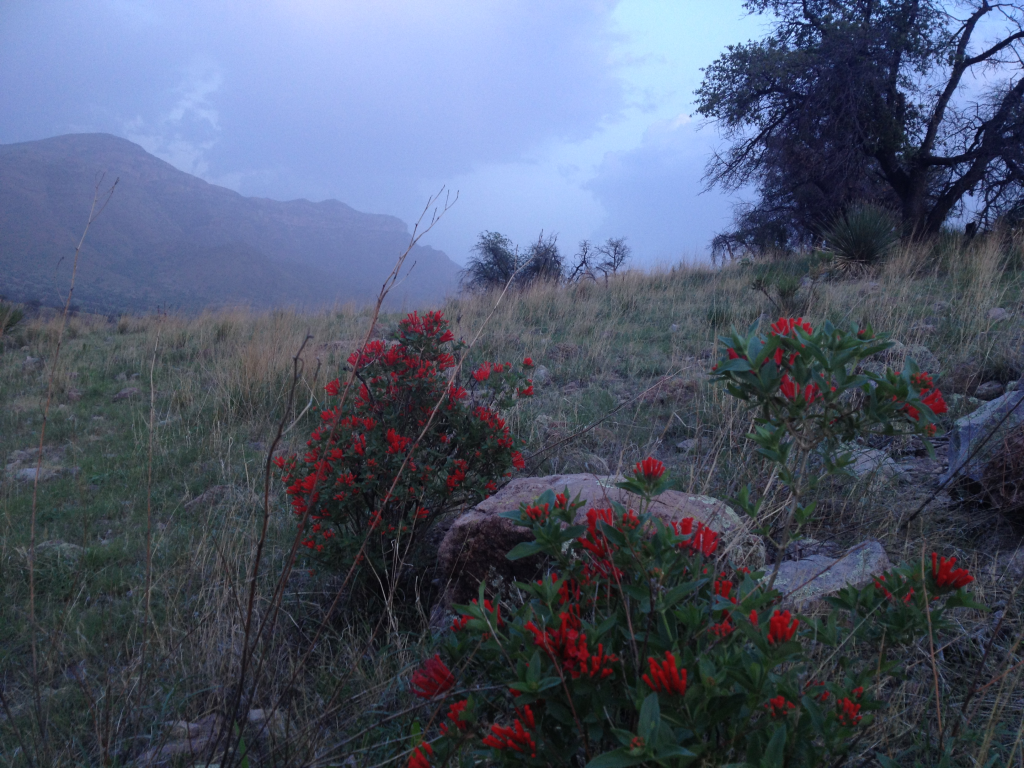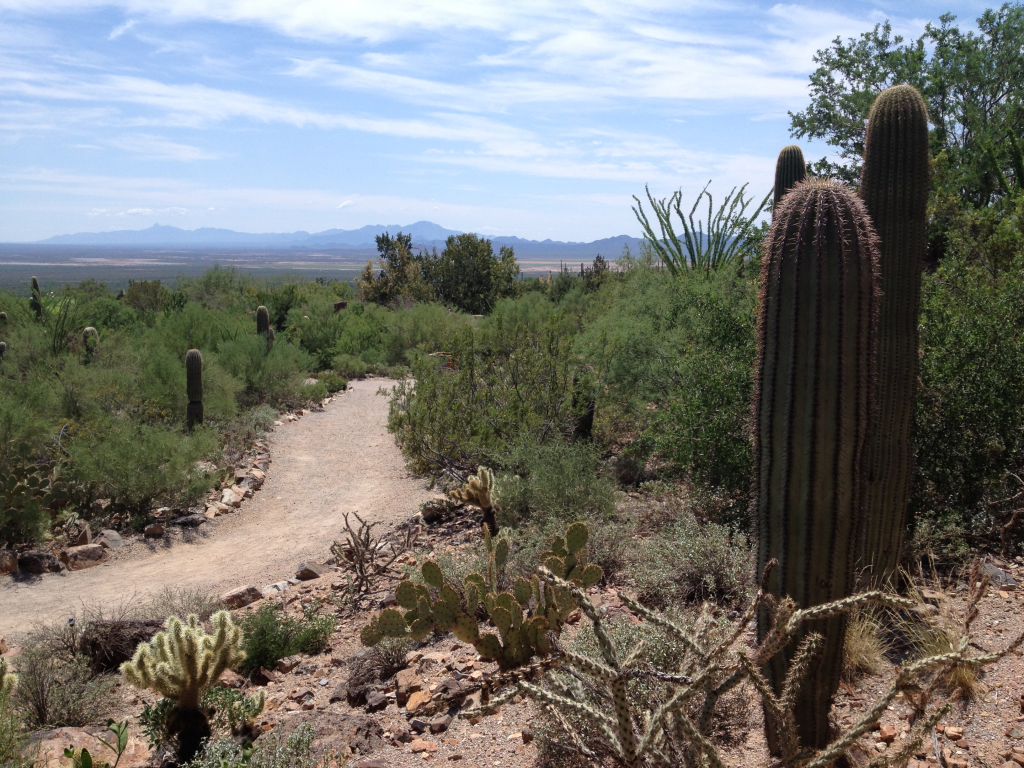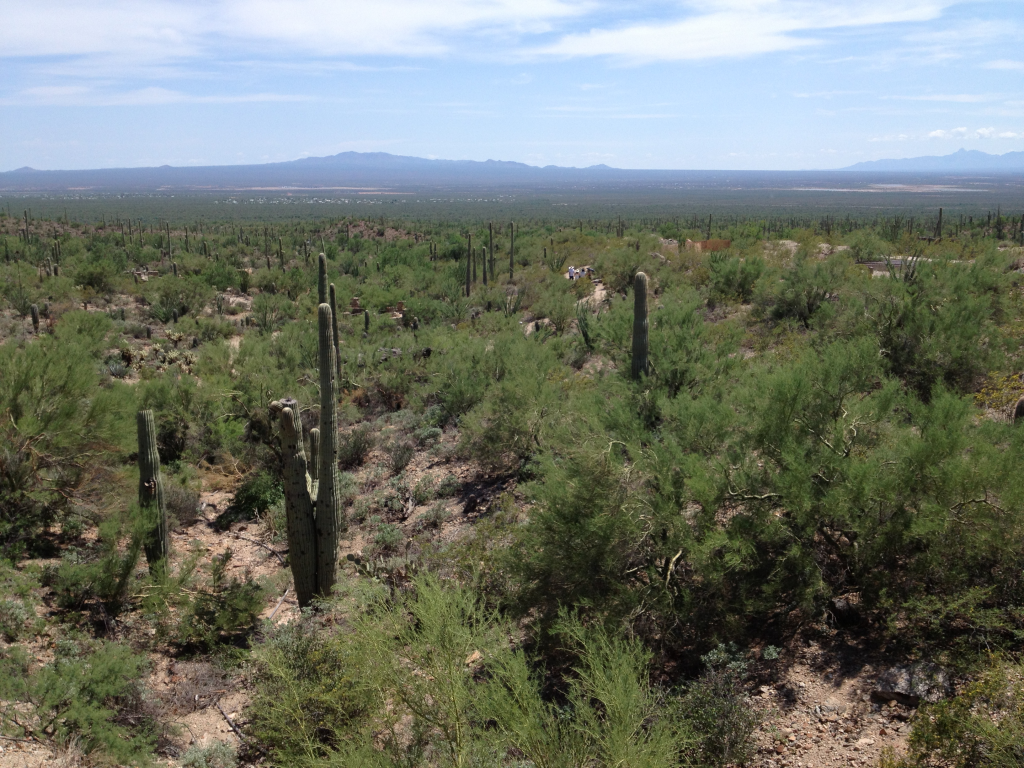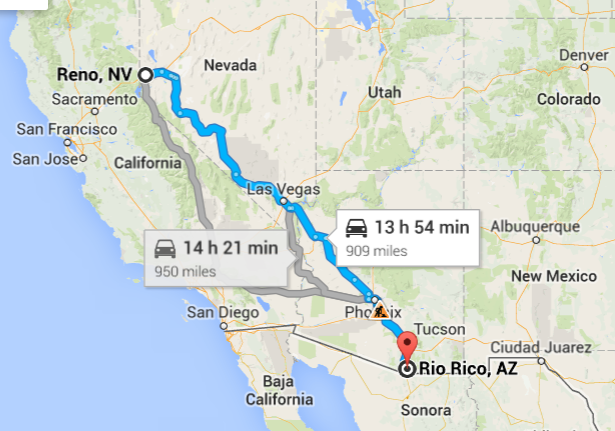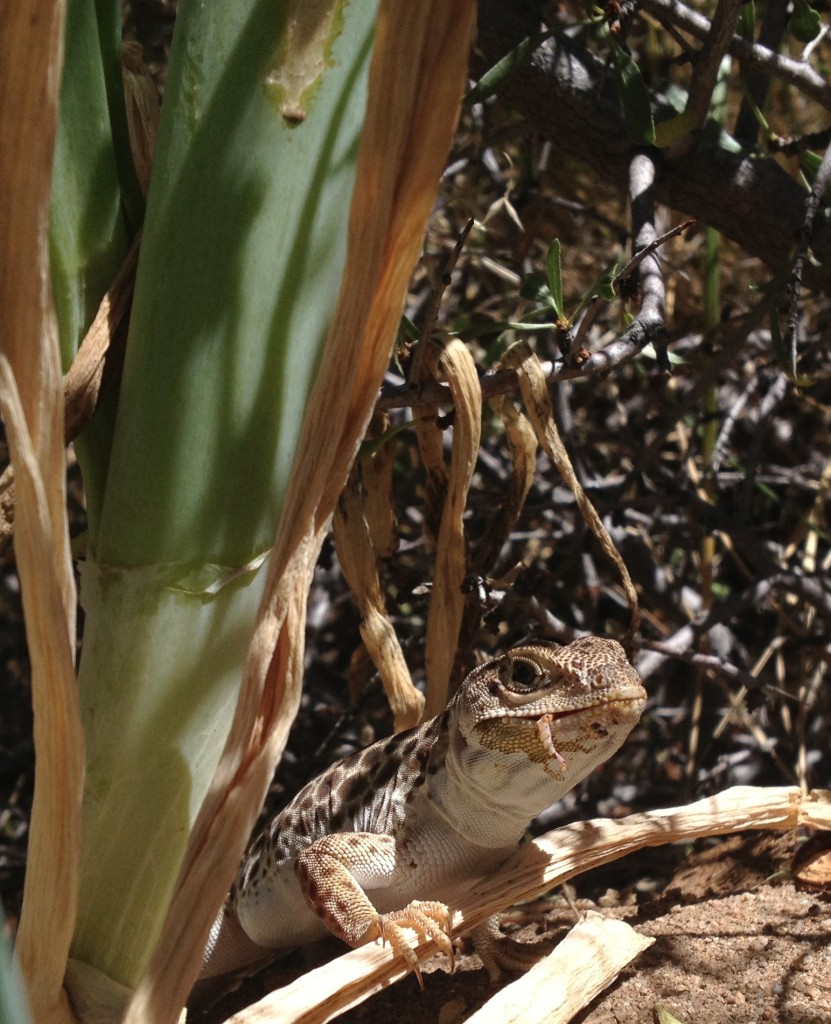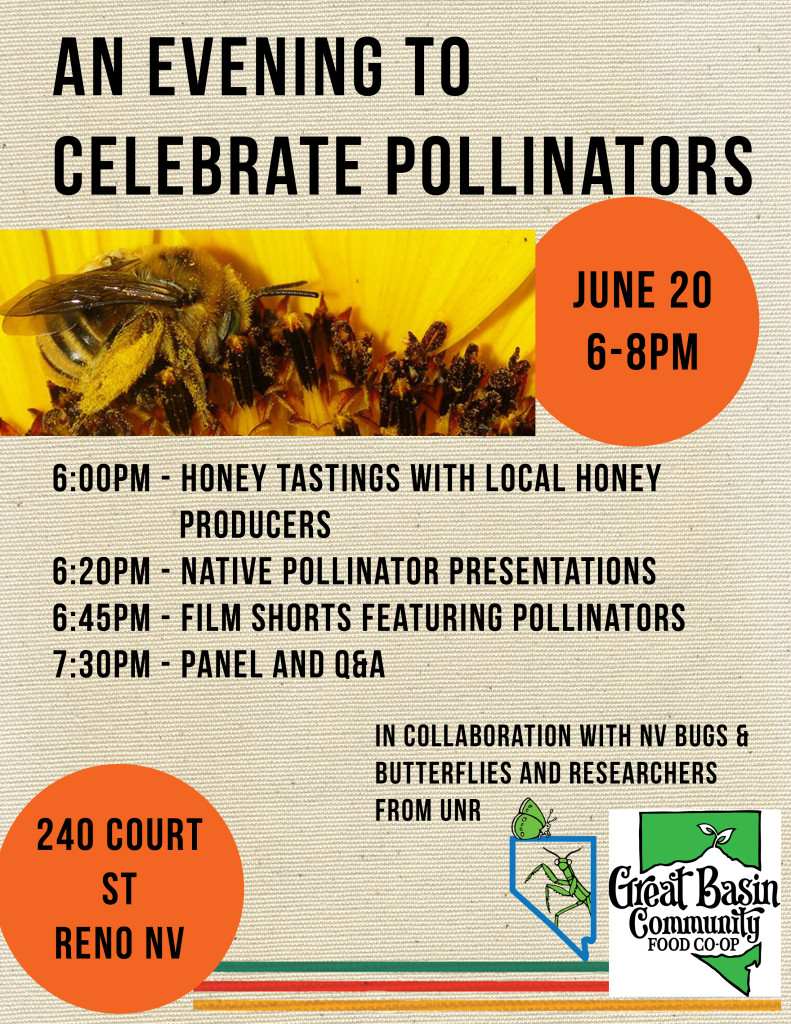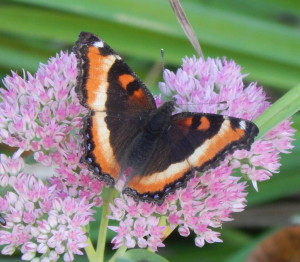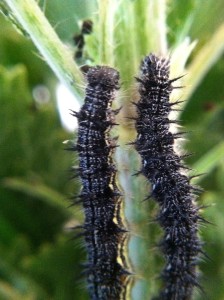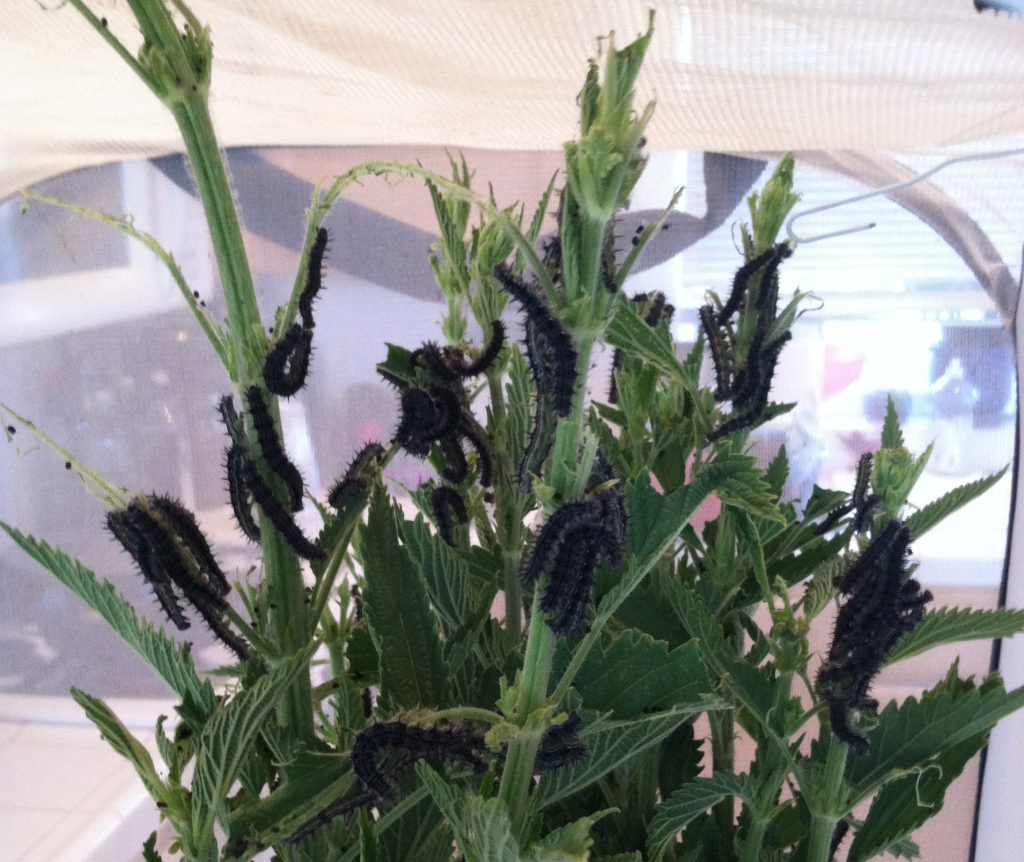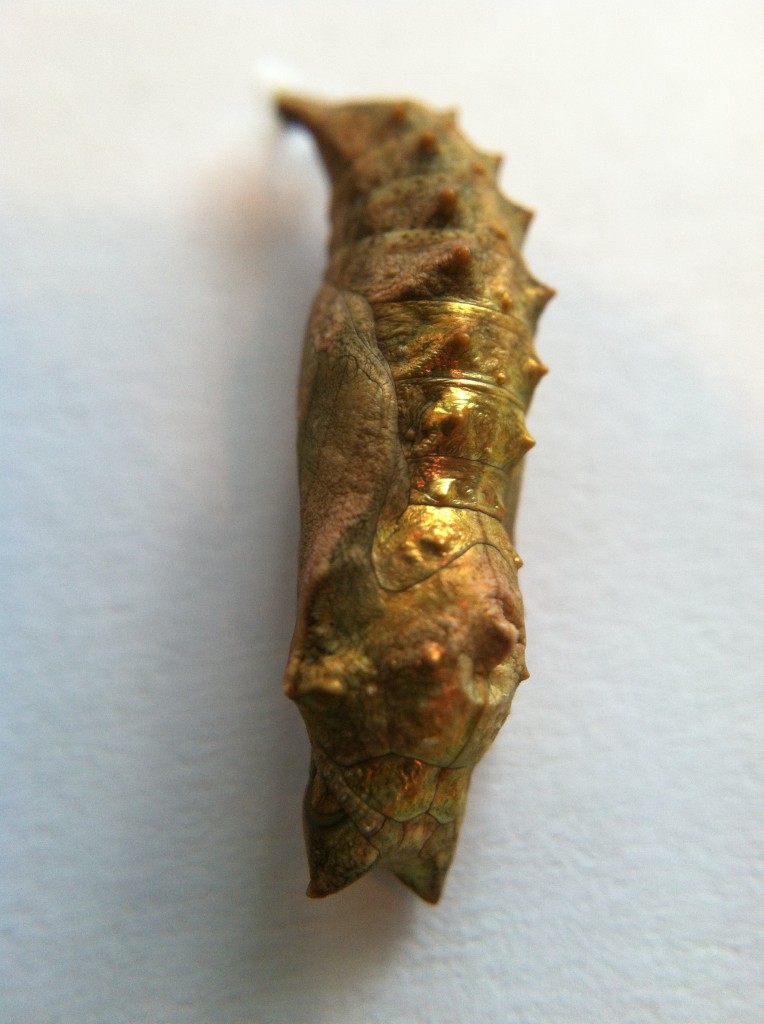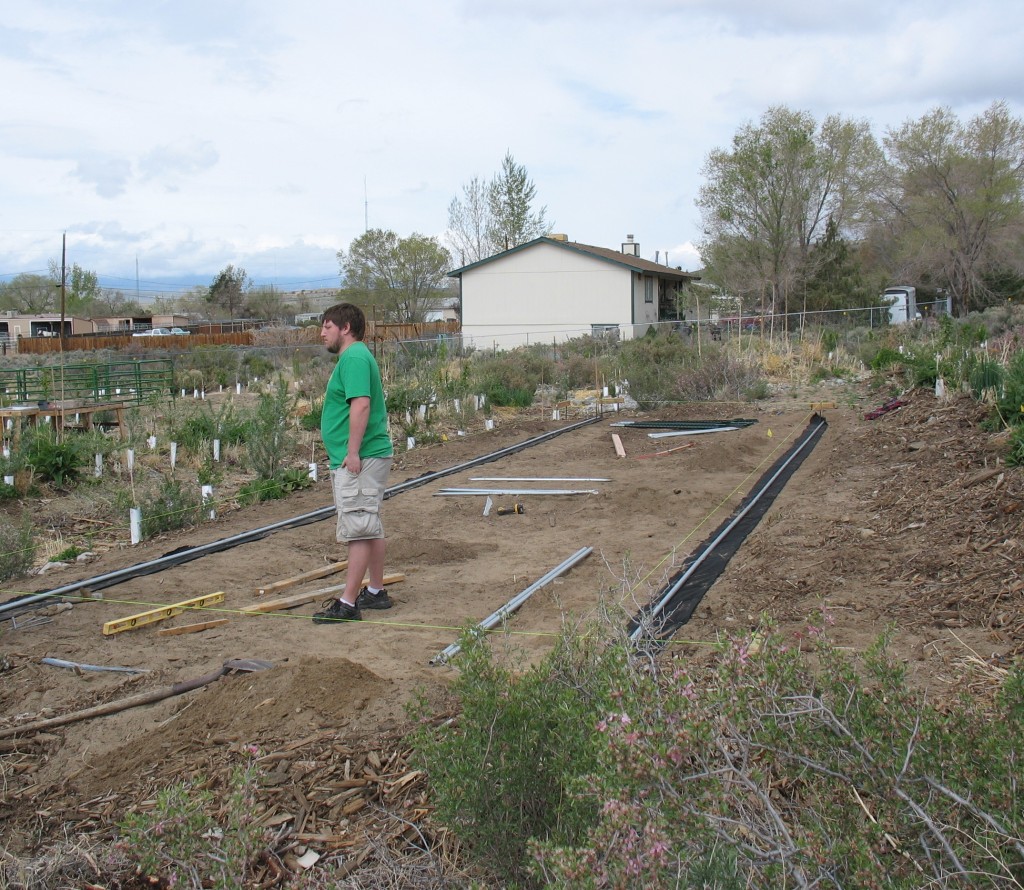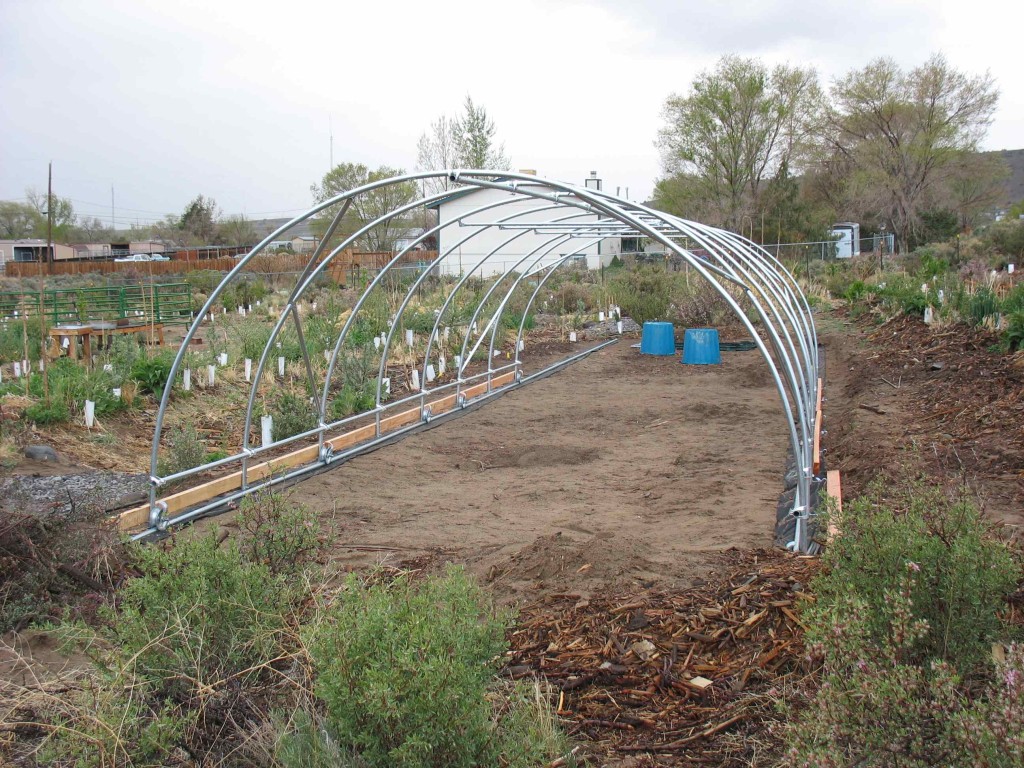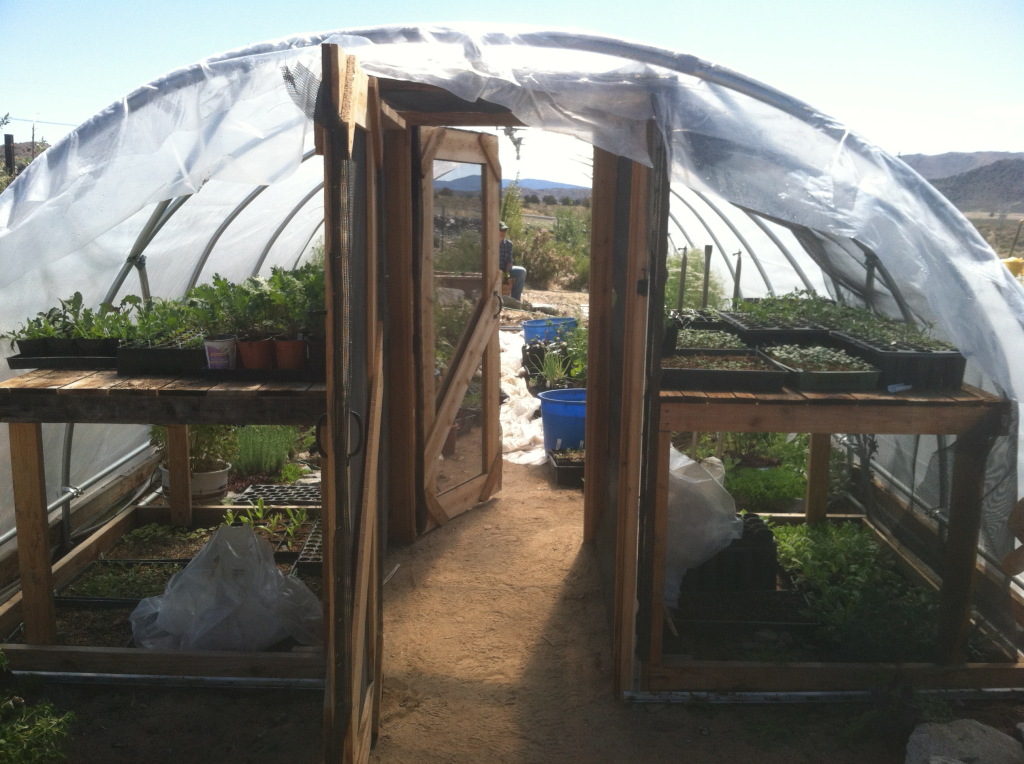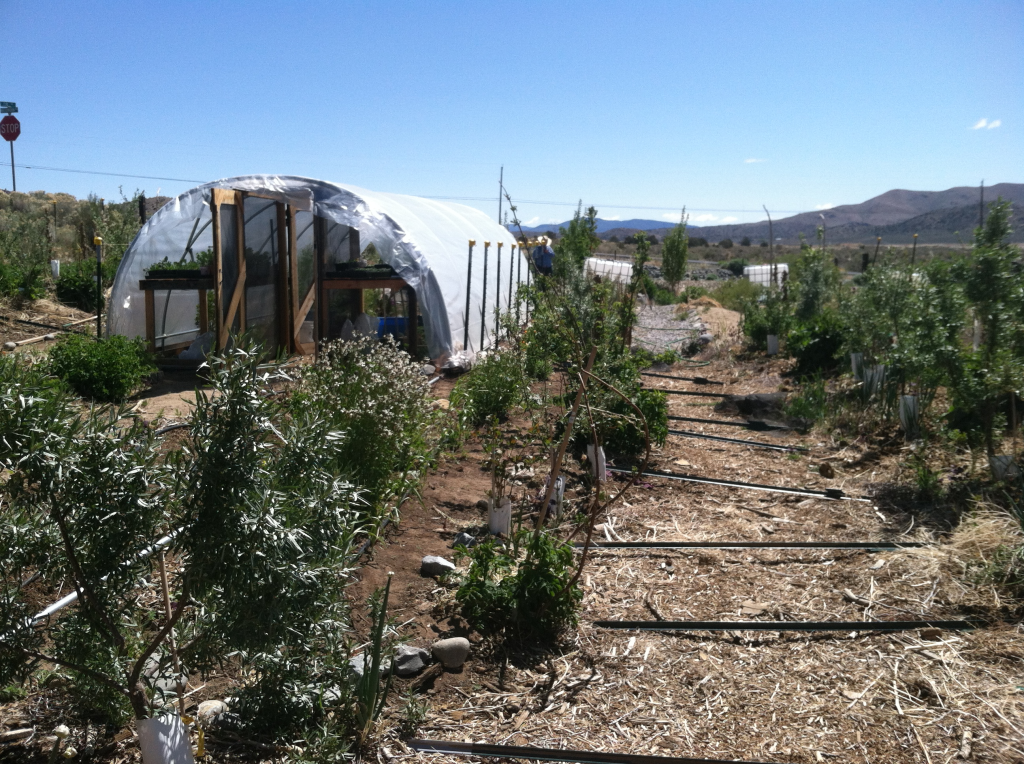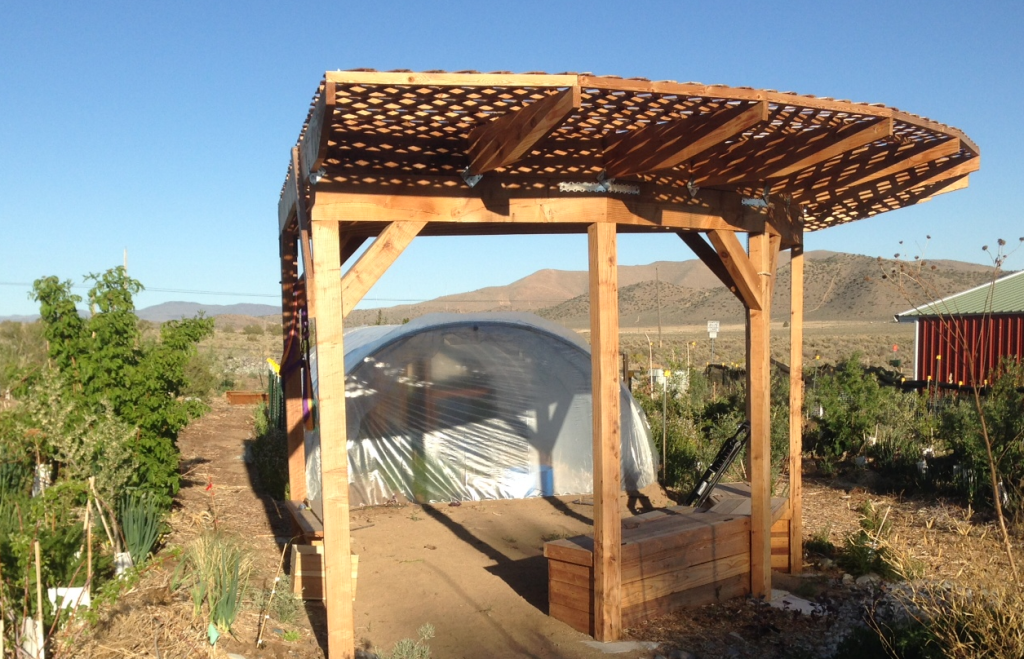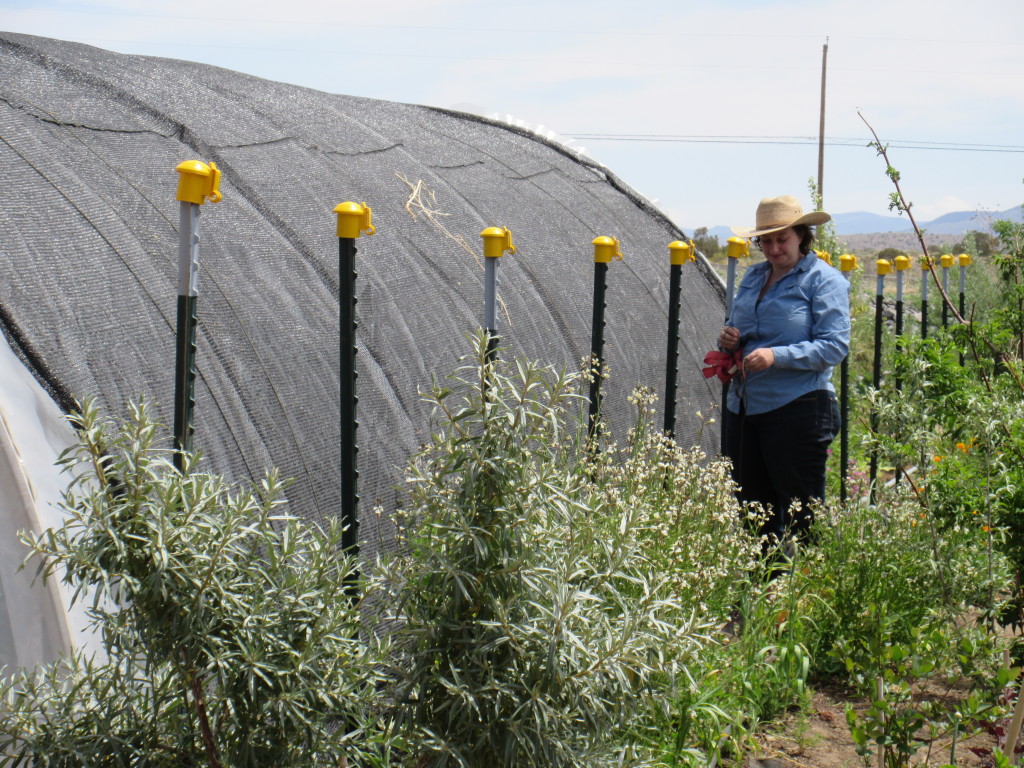It’s been a little while since our last post here, but it’s only because we’ve been delightfully busy! Since we returned from Arizona, we saw 700 people at a set of Washoe County Library visits, and have had a variety of groups and families visit the butterfly house.
Of course, the other big news is that the end of our open season is nearing– we have just two weekends remaining, with our last open weekend being September 25th, 26th, and 27th. But, we’re going out with a special event- we’ll be tagging and releasing monarchs on all three of our last open days between 11am and 1pm! We have been raising caterpillars that will join the migration to the west coast, and we are going to contribute our little bit to monarch migration research by tagging (with small identification stickers) and releasing adults from the butterfly house property. These tags may then be recorded by observers at the overwintering grounds, helping researchers understand where monarchs from our area migrate to, and how long it takes. We’d love for you to join us and help us release these amazing creatures into the wild.
Sometimes at the butterfly house, it’s just nice to take pictures 🙂 The butterflies make great subjects, and there is always something interesting going on around the garden. So, without further ado, we present a small portfolio of late summer at the butterfly house.
Just a sample of Neil’s gardening handiwork, including grape tomatoes, cherry tomatoes, uber-hot peppers, seaberries, raspberries, and gooseberries! Superfood galore!
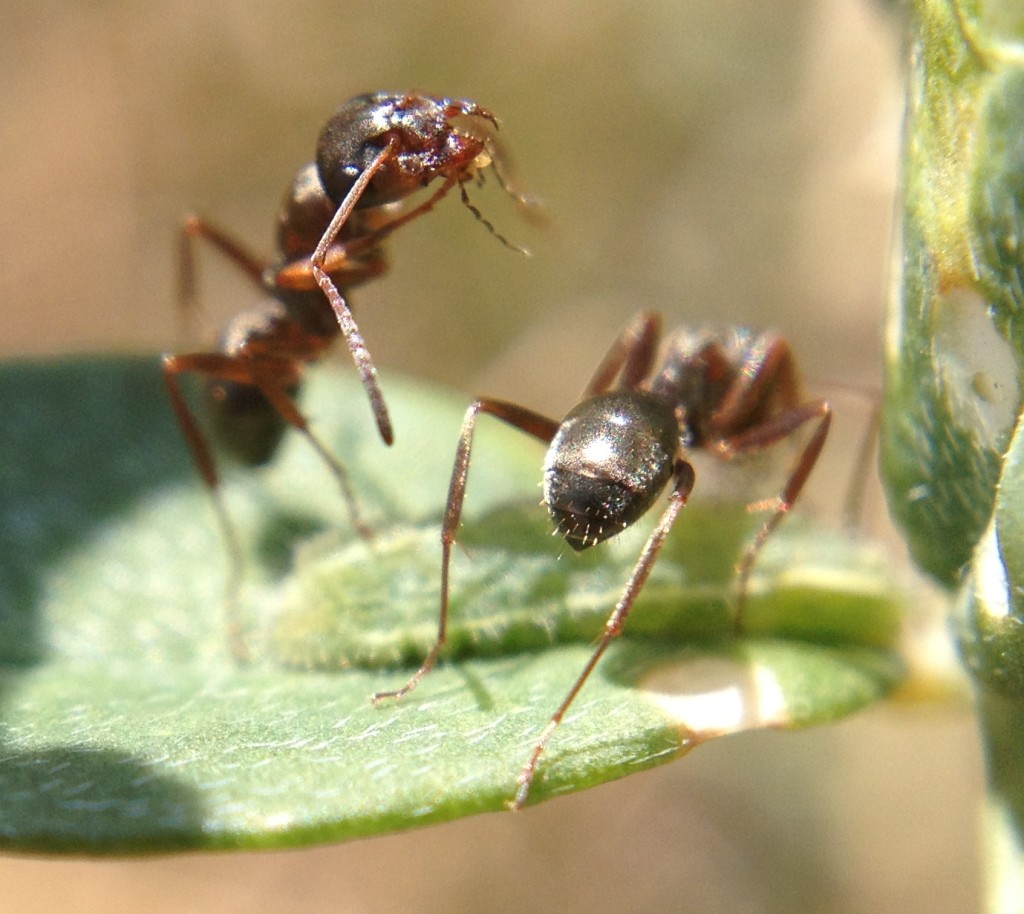
Mutualism in action! These ants are harvesting sugar water from this Lycaeides caterpillar, and also act as good defenders if a potential predator wanders along.
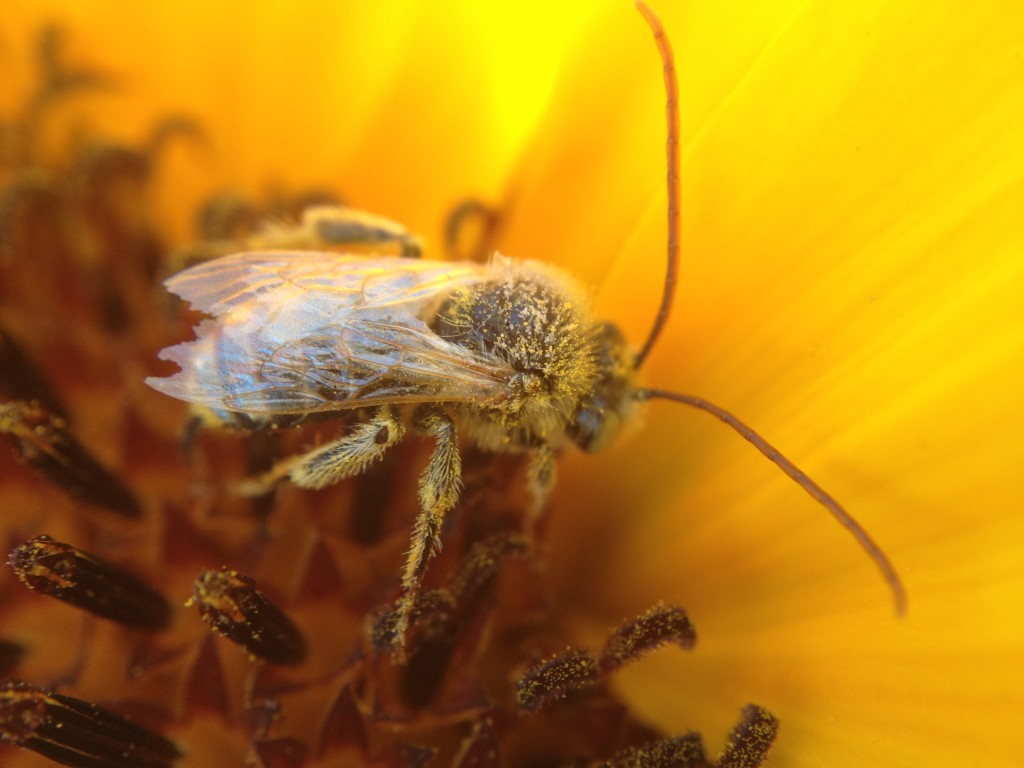
Longhorn bees, a set of solitary native bee species, are important sunflower specialist pollinators, and also use the sunflowers as a resting place.
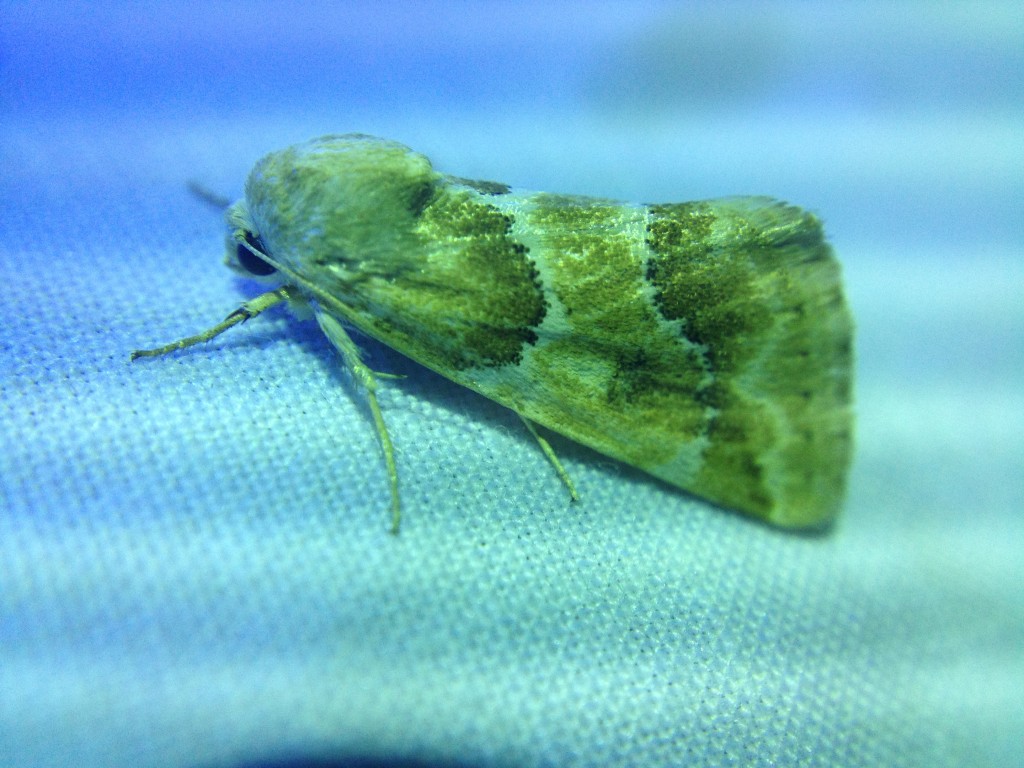
We went mothlighting with the folks at the Tahoe Institute for Natural Science near Boca reservoir and had a great time!
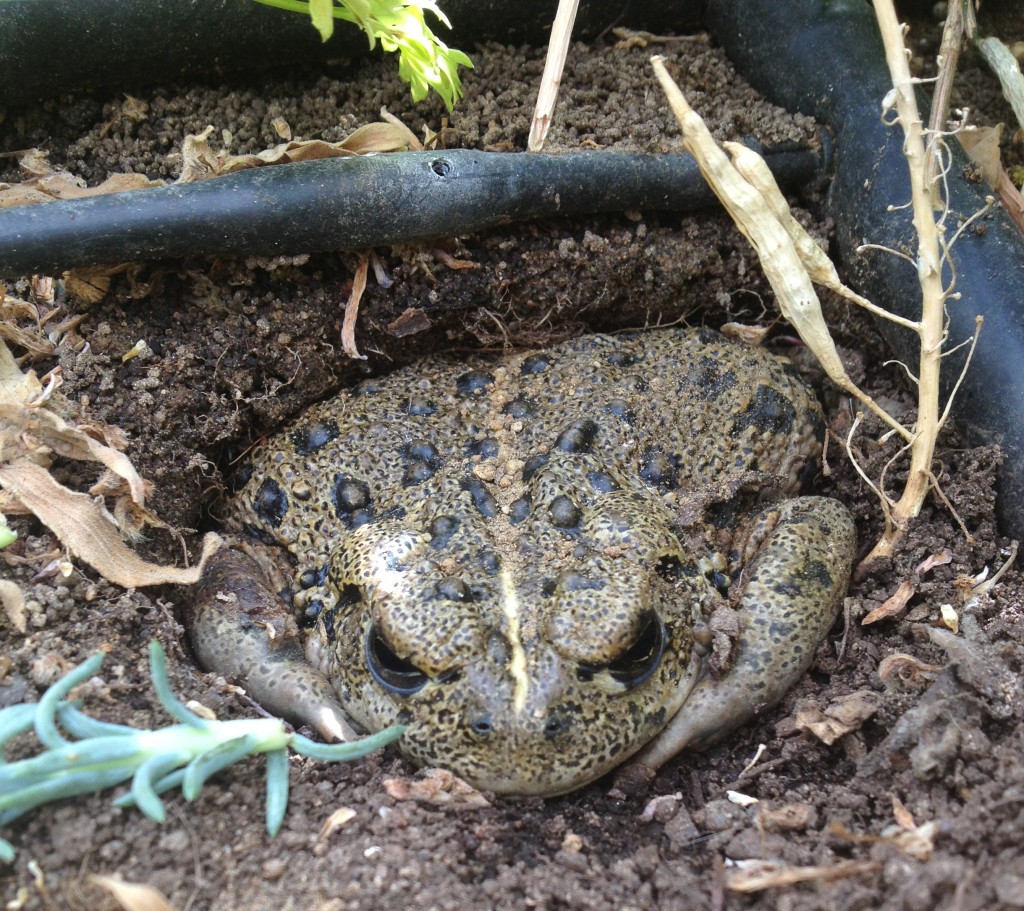
One of our visitors found a western toad taking up residence outside the butterfly house- right under a drip irrigation emitter!
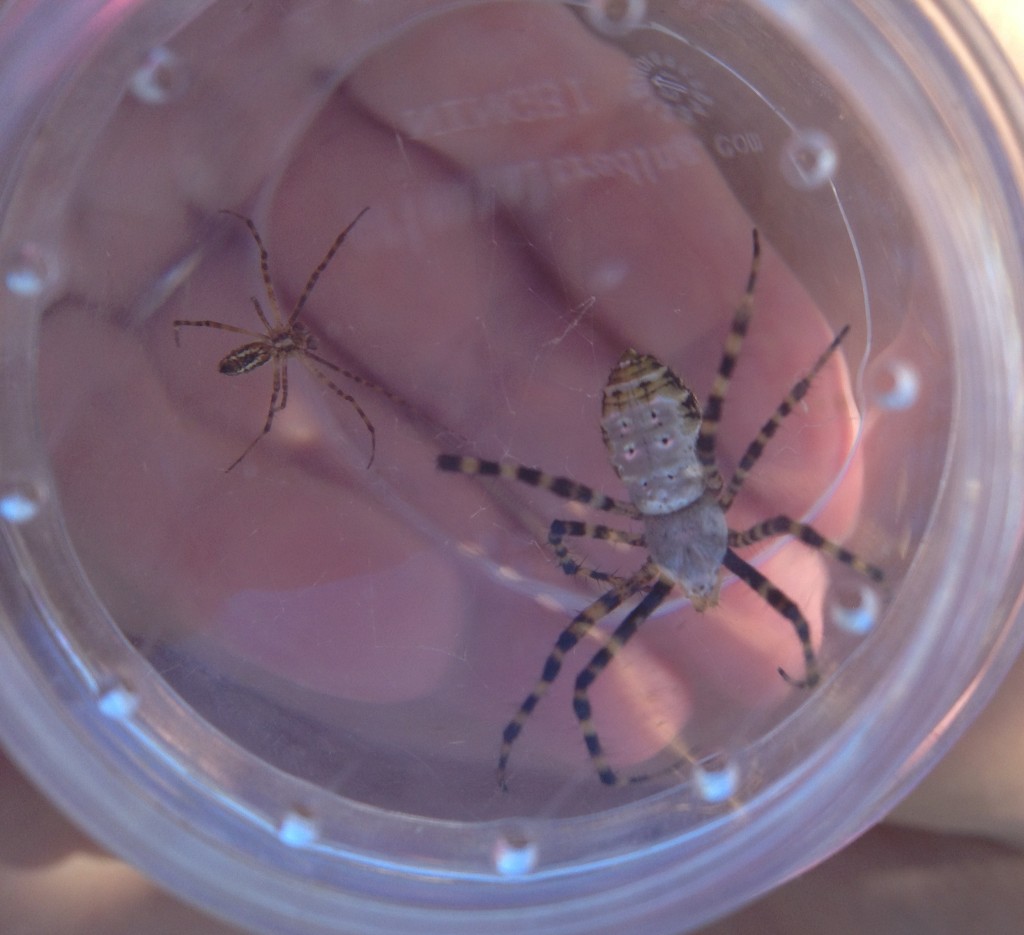
We found this male and female orb weaver together… in our butterfly house. We relocated them outside!
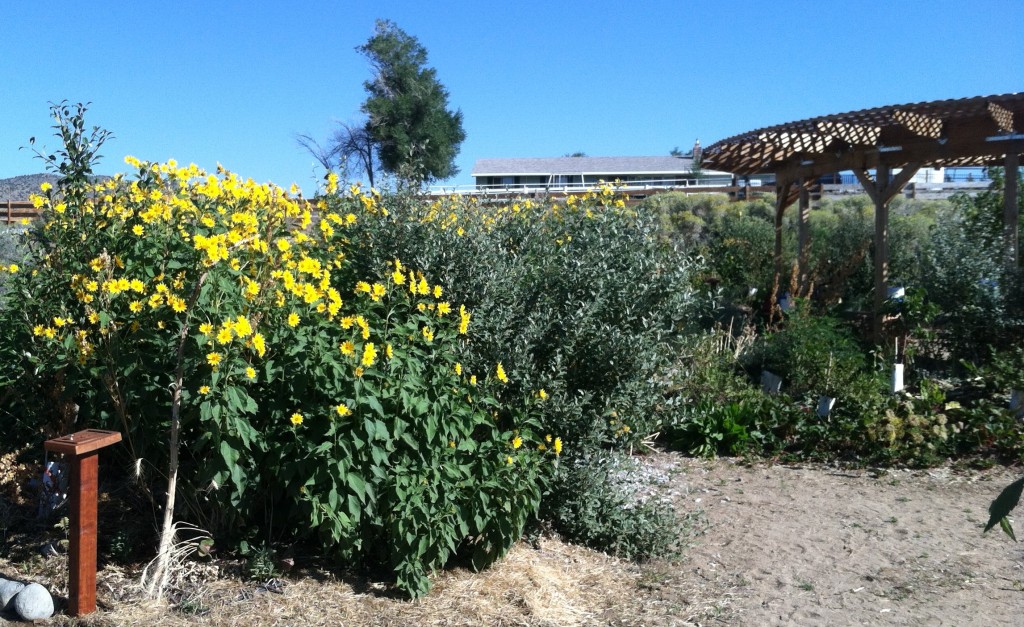
The Jerusalem artichokes are in full bloom, attracting numerous bees and flies. They are a great permaculture plant, providing food for humans and insects.
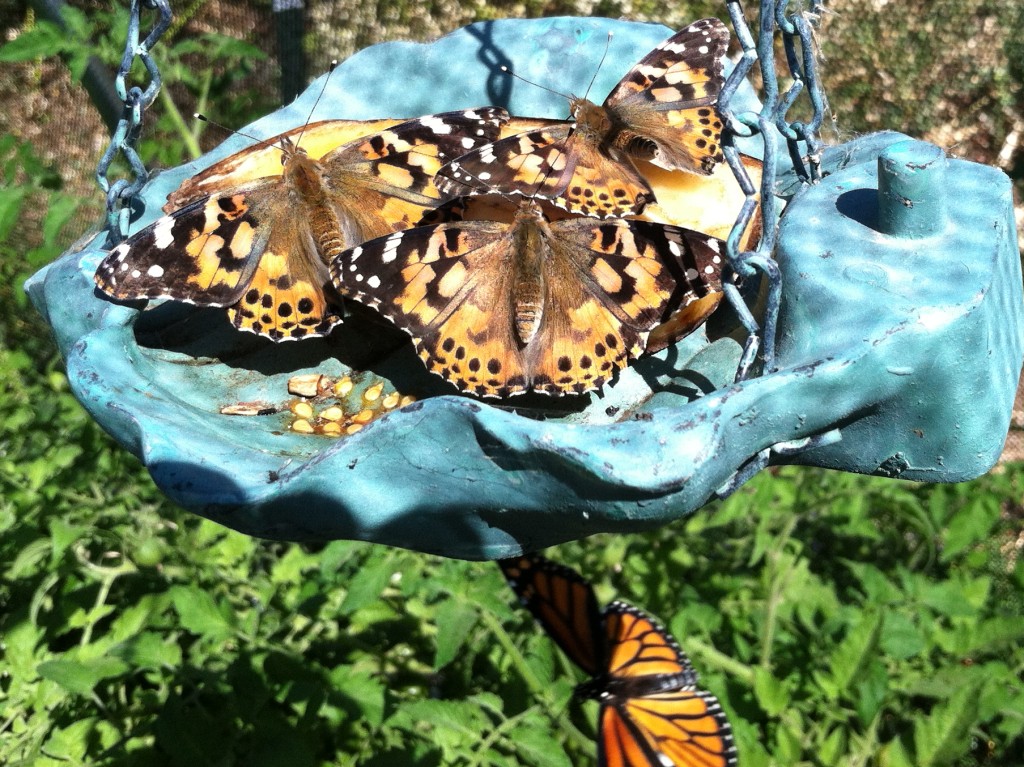
The kids from Triad Elementary came and release 60 painted lady adults into the house, where they basked in the sunlight and dined on old fruit, a favorite of nymphalid butterflies.
We’d love to see you at the butterfly house before we close for the winter, so come on out: we’re open 10 – 3 Thursdays, Fridays, and Saturdays till the end of September!

